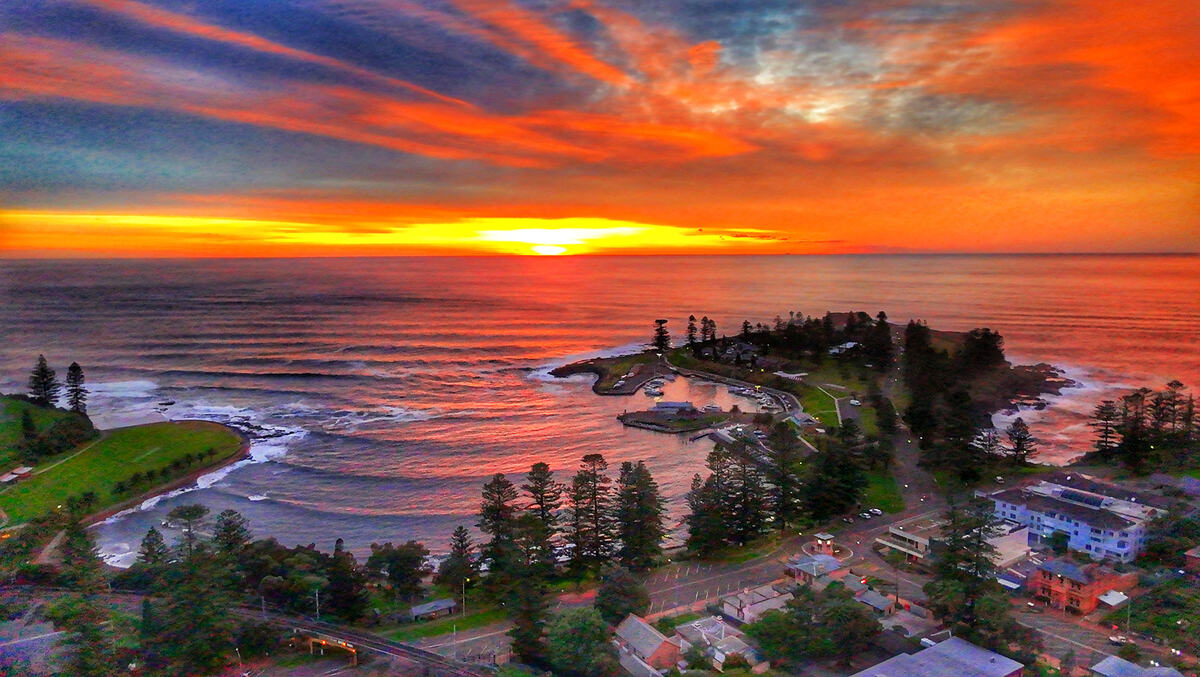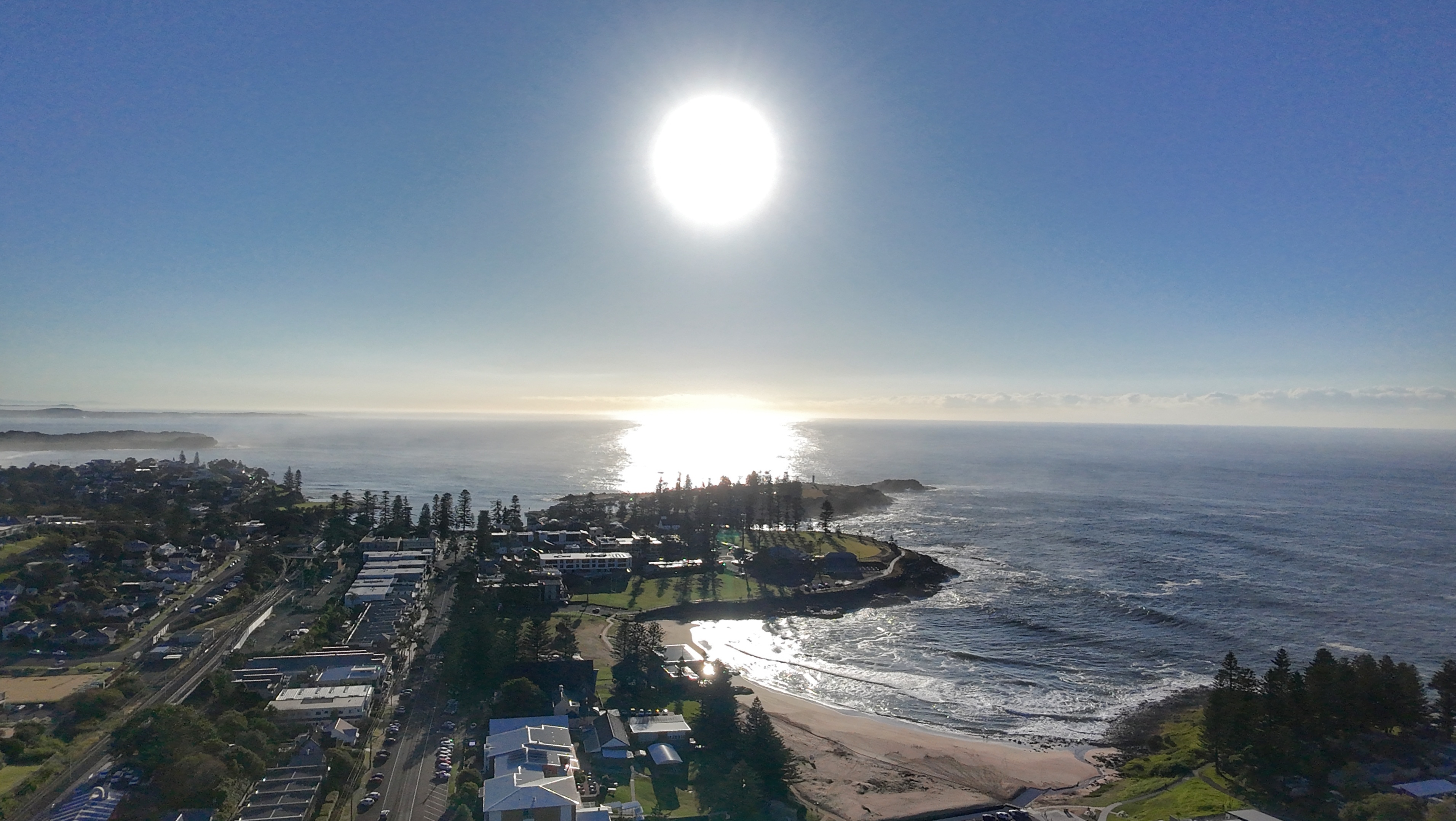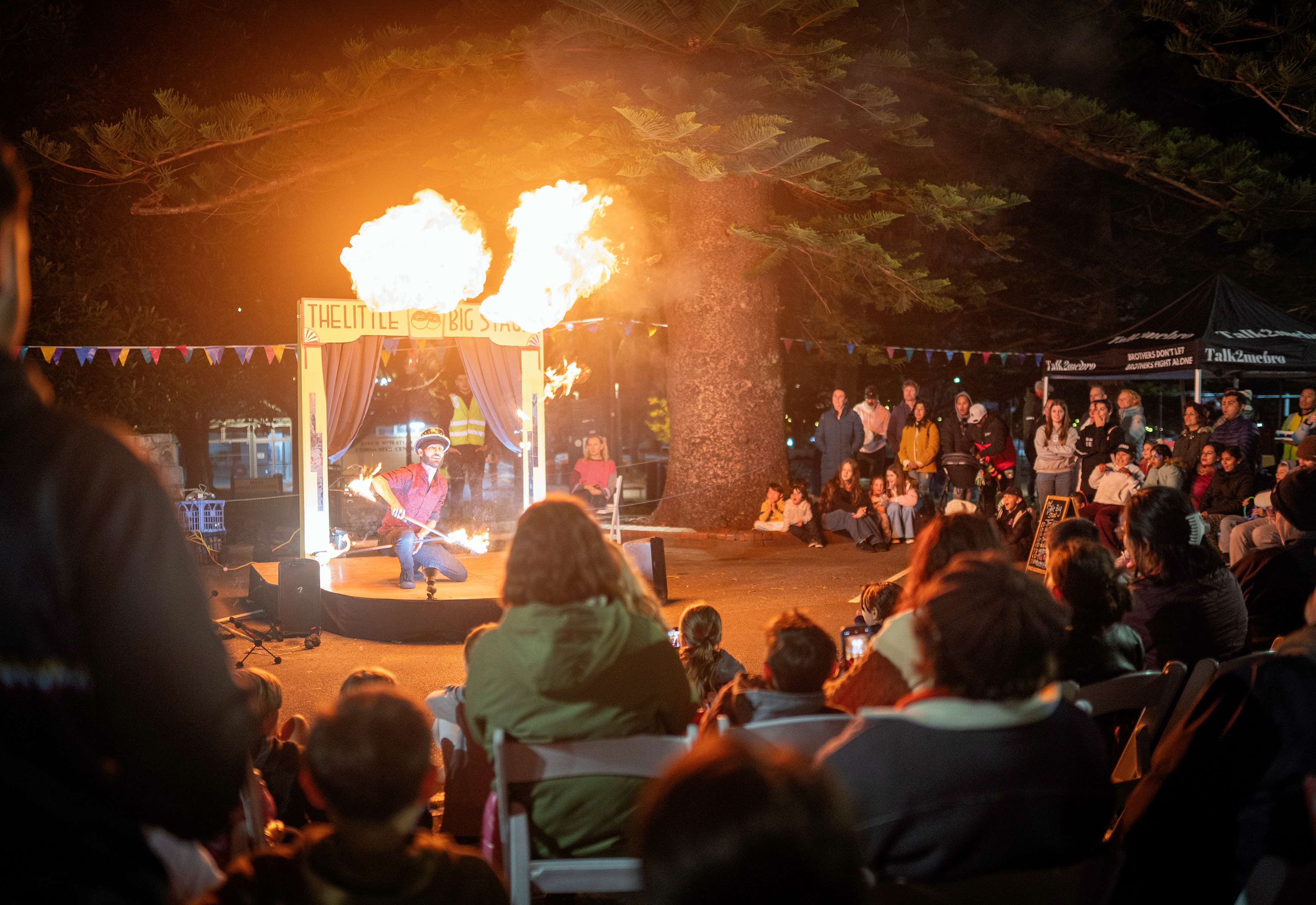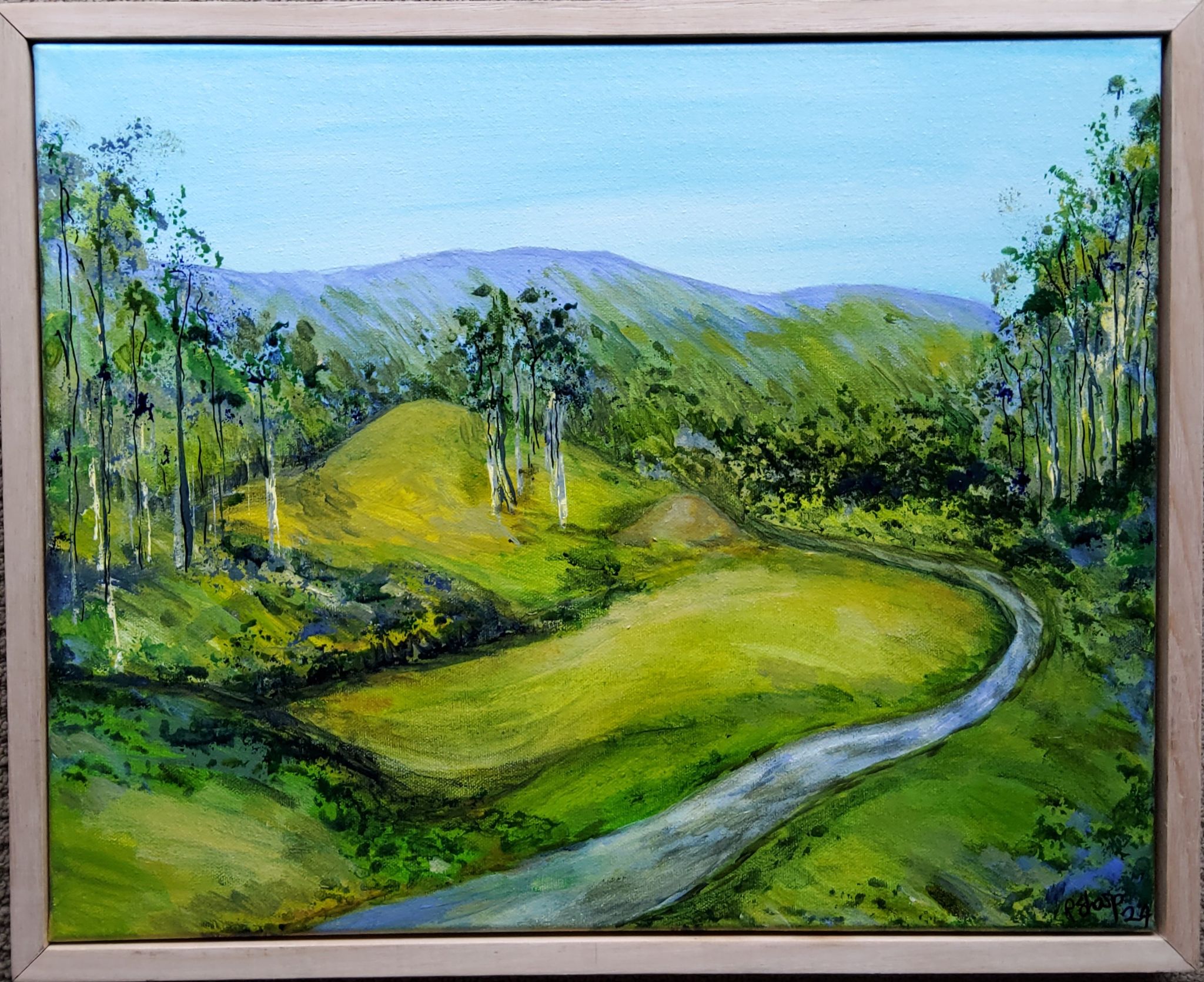AI camera trial to tackle rock-fishing dangers in Kiama
Matty Taylor
19 July 2025, 11:00 PM
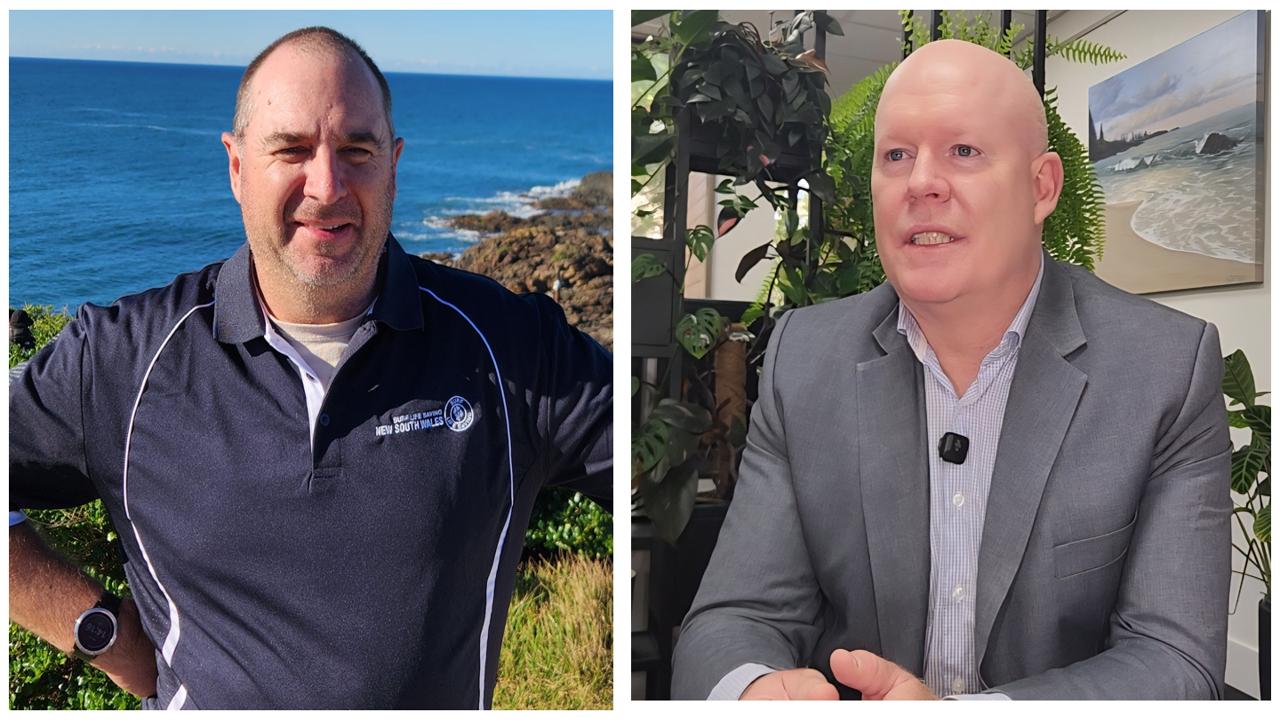 Shane Wicks and Mayor Cam McDonald.
Shane Wicks and Mayor Cam McDonald.The Kiama coastline is one of the state’s most iconic and photographed natural attractions, but it is also one of its most deadly.
Eleven lives have been lost due to rock-fishing incidents in the past 15 years, including a double fatality last August.
Surf Life Saving NSW is set to trial an AI surveillance system near the Kiama Blowhole in a bid to prevent more deaths.
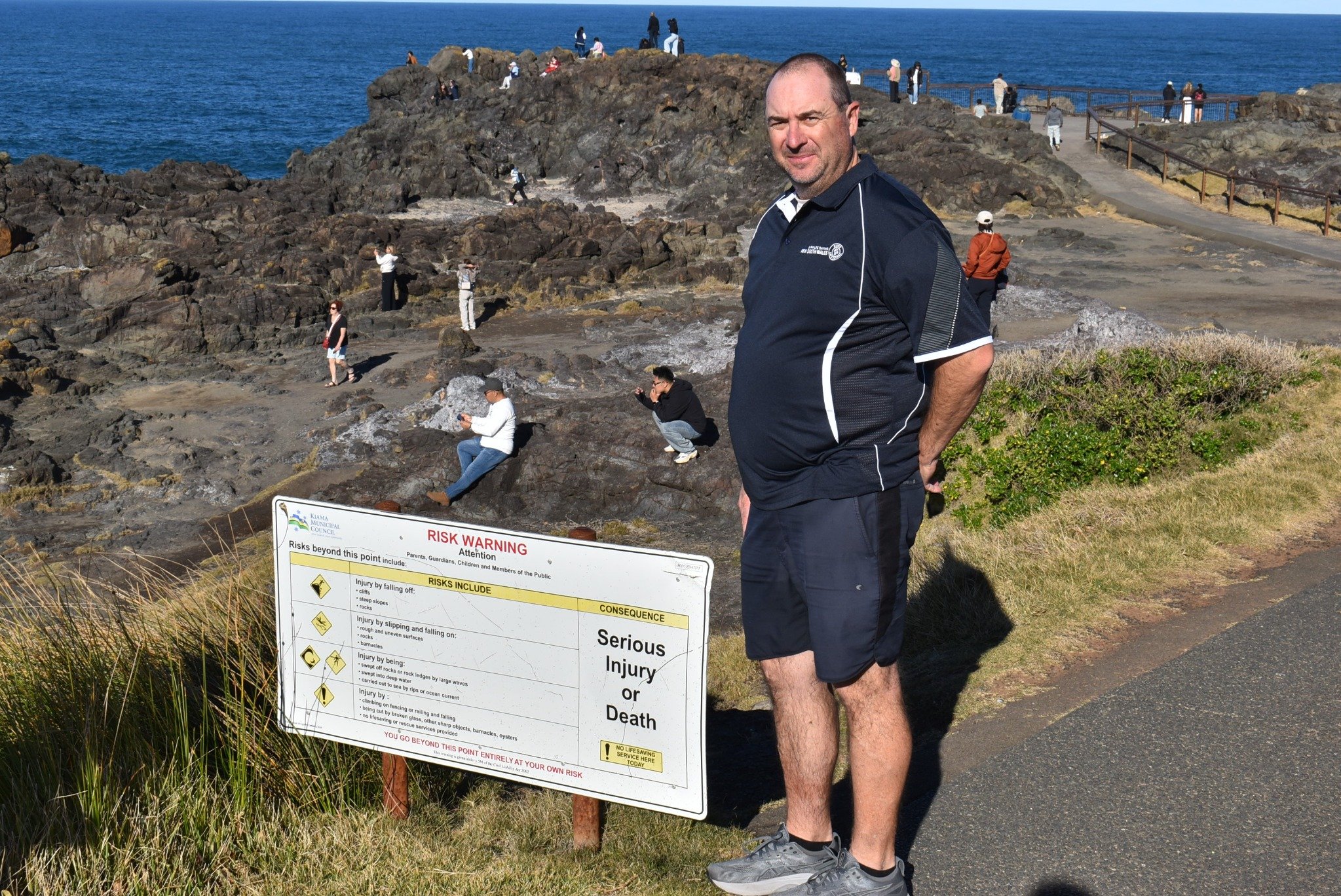
Shane Wicks at the Kiama Blowhole this week.
As part of the trial, set to begin later this year, high-tech cameras will be installed around the Blowhole precinct.
These cameras are designed to detect human activity on the surrounding rock shelves and alert emergency services if someone is swept into the water or appears in distress.
Surf Life Saving NSW South Coast branch president Shane Wicks said the technology would work in tandem with existing emergency beacons already installed at the site.
“In the last six months, we’ve had at least four rescues off the Blowhole, and we were lucky someone saw them and was able to call it in,” Wicks told The Bugle.
“But this AI system doesn’t rely on luck. It links to our Surf Life Saving Operations Centre and automatically alerts police, surf lifesavers and ambulance crews to respond.”
He said the organisation would work closely with Kiama Council to finalise the camera locations, with the goal of having the system operational by the start of the summer patrol season.
The trial is part of a 14-month pilot program also running at another black spot for rock-fishing tragedies, Little Bay, in Sydney’s eastern suburbs, and is being monitored by Surf Life Saving NSW as a potential statewide solution.
The technology comes at a critical time. Kiama has had the second-highest number of rock fishing deaths in NSW since 2020.
On Easter Sunday this year, Wicks said more than 200 people were fishing off the rocks near the Blowhole, but fewer than a quarter were wearing life jackets.
“There were about 50 people with life jackets, which means around 150 weren’t wearing one,” he said. “From my experience in rescues, those in life jackets we’ve been able to bring in safely. They float and give us time to get watercraft or helicopters to them, which can take up to 15 minutes. Without a jacket, you could drown in that time.”
One recent rescue from the Blowhole ended with the fisherman suffering severe injuries, including fractures. His mates managed to throw him a life jacket, a move Wicks said likely saved his life.
To complement the technology, a series of community education workshops will be held in coming months, including one in Kiama on November 22.
Backed by Surf Life Saving and NSW Fisheries, the workshops are tailored for culturally and linguistically diverse communities, particularly visitors from Sydney’s west and south-west, where most previous victims have resided.
“These sessions are about showing people the different types of life jackets, how to check if theirs is suitable, and what weather and marine warnings to look out for,” Wicks said.
“They’re practical, hands-on events. The aim is to educate before they get to the water’s edge.”
Kiama Mayor Cameron McDonald praised SLNSW CEO Steve Pearce for launching the initiative, and explained his council’s role in the trial.
“Kiama Council's involvement is that we are the landowner, so we've provided consent for Surf Life Saving NSW to come down and put the monitoring system in two locations around Blowhole Point,” Cr McDonald said.
“They will be black powder-coated so that they won't be seen. The study will occur during daylight hours, just simply because of the technology.
“But, certainly, it's a chance for us to see if this AI is effective so that then it can be rolled across the state and potentially further if the results are good, so that we can reduce the terrible statistics that we're seeing.”
NEWS
